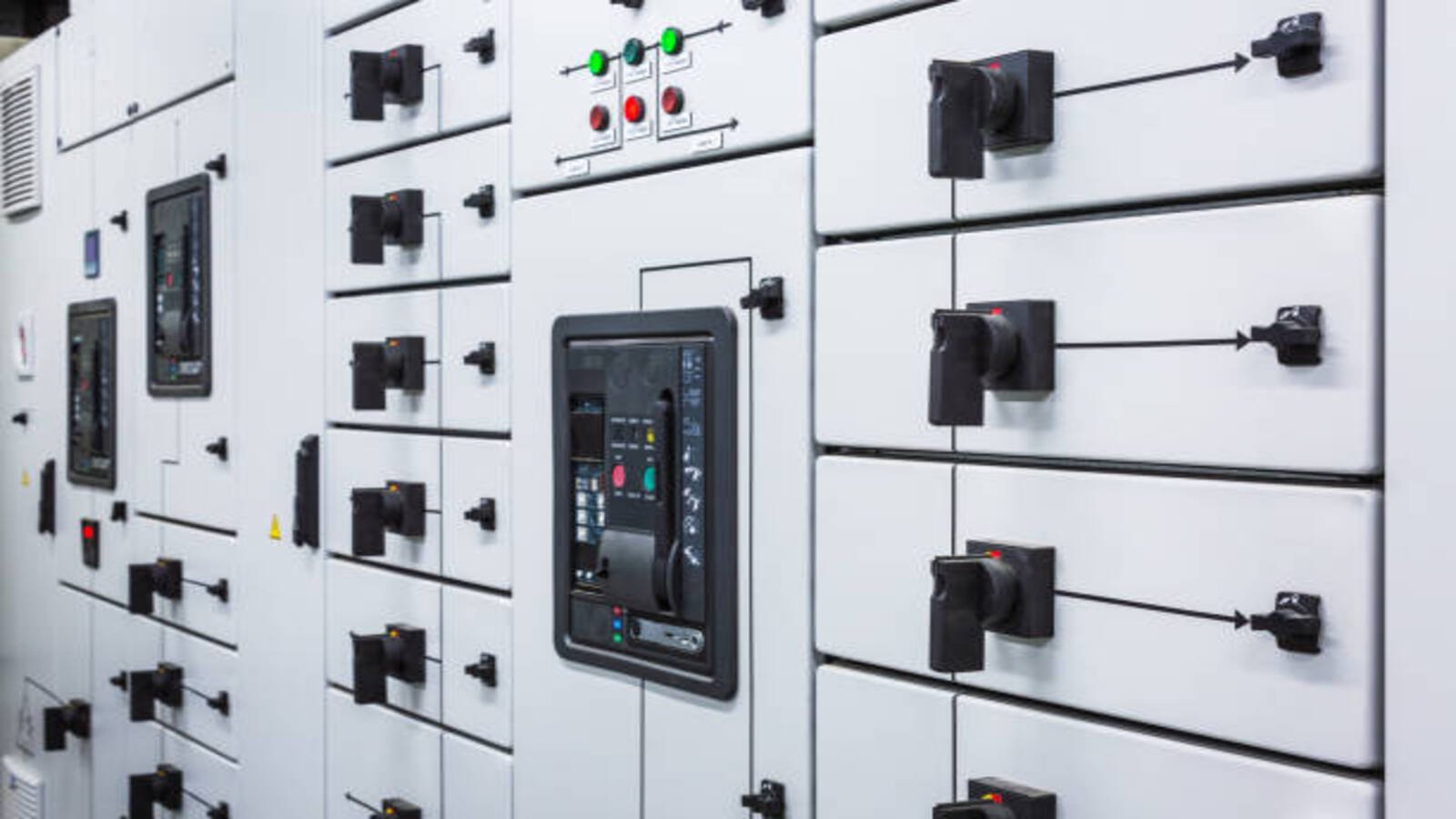Introduction
In the manufacturing industry, there is always a need for the production of high-quality mechanical parts. The switchgear industry is no exception, and manufacturers have two main options for producing switchgear mechanical parts: injection molding and die casting. Each of these methods has its own advantages and disadvantages. This article will examine both injection molding and die casting techniques to help manufacturers make informed decisions for their production needs.
What is Injection Molding?
Injection molding is a process that involves injecting molten material into a mold and allowing it to cool down to take its shape. This technique works well for switchgear mechanical parts because the plastic used in the molding is durable and can withstand harsh environments. Injection molding offers a high degree of accuracy, which ensures that every product is consistent. It is also a cost-effective process, especially when producing large quantities of parts at once.
What is Die Casting?
Die casting, on the other hand, is a metal casting process that involves injecting molten metal into a mold. This technique is ideal for switchgear parts that require metal components. Die casting is a process that produces high-quality parts with a great level of accuracy and consistency. The process is capable of producing intricate parts, which are essential for the switchgear industry.
Design Flexibility
Both injection molding and die casting offer design flexibility, but injection molding has more flexibility than die casting, especially with regards to changing geometries. Injection molding allows for the addition of features such as undercuts, internal threads, and various shapes, which is a significant advantage for switchgear parts that require intricate geometries. Die casting is best suited for part designs that have solid, uniform cross-sections.
Cost
Cost is always a major consideration for manufacturers, and in the case of switchgear mechanical parts, both injection molding and die casting are cost-effective when compared to other production methods. Injection molding is more cost-effective for producing larger volumes of parts, while die casting is more cost-effective for smaller quantities. The cost-effectiveness of each option depends on several factors such as the complexity of the part, order quantity, and material type.
Surface Finish
Surface finish is an essential consideration when producing switchgear mechanical parts. Injection molding produces parts with a smoother finish than die casting. The surface finish is important because it determines how the parts will look aesthetically and how they will perform functionally. In some cases, surface finish can impact the lifetime of the part. Therefore, injection molding is a better option if a smoother surface finish is required.
Tolerances
Tolerances are a significant consideration when it comes to switchgear mechanical parts because the parts must fit together precisely. Injection molding offers tighter tolerances than die casting, which makes it more suitable for applications that require detailed parts with precise dimensions. Die casting is better suited for producing parts with larger tolerances because it is not as precise as injection molding.
Material Options
Material options are another essential consideration when producing switchgear mechanical parts. Injection molding offers multiple material options, including high-impact polystyrene, polycarbonate, and nylon. Die casting, on the other hand, is mainly used for producing parts with metals such as zinc, aluminum, and magnesium.
Production Time
Production time is another critical factor for manufacturers because they need to add parts to their assembly lines quickly. Injection molding takes less time to produce parts than die casting, especially when producing smaller quantities. Injection molding is also less labor-intensive than die casting, which means that the production process requires fewer employees, reducing production time.
Environmental Considerations
Environmental considerations are paramount across many industrial sectors. In this regard, injection molding is the better option for switchgear mechanical parts because it produces fewer emissions than die casting. Injection molding also produces less waste, as any excess material can be reused in future production runs.
Conclusion
In conclusion, both injection molding and die casting are excellent options for producing switchgear mechanical parts. Manufacturers need to consider several factors when selecting the best option for their production needs, including design flexibility, cost, surface finish, tolerances, material options, production time, environmental considerations, and part geometry. Ultimately, the best choice between injection molding and die casting depends on the manufacturer's needs, including the part's functionality, expected volume, and budget.
Quote Inquiry
Contact us!
